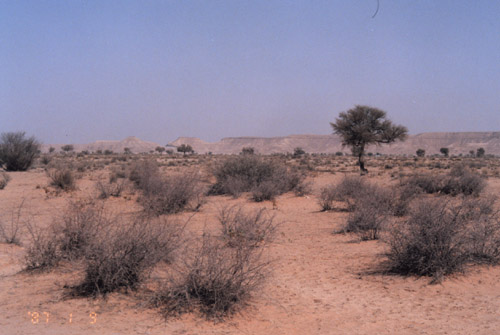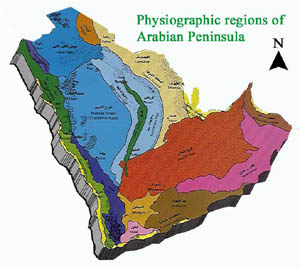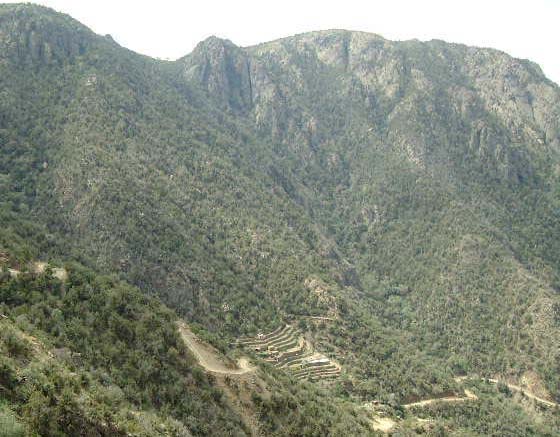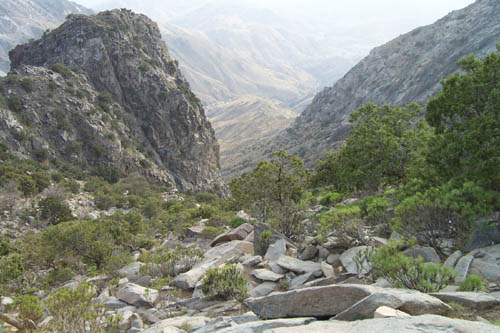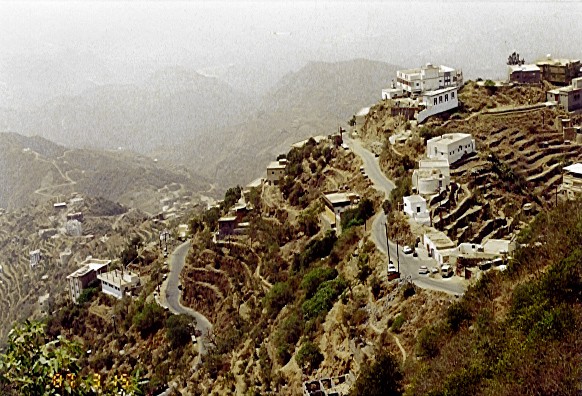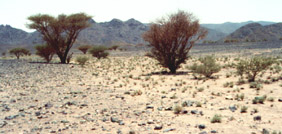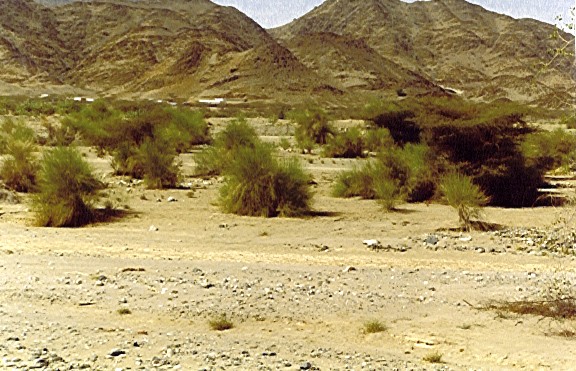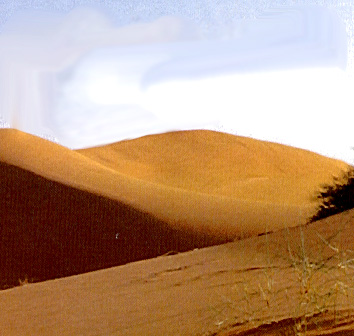|
|
|
|
|
|
|
|
|
|
|
|
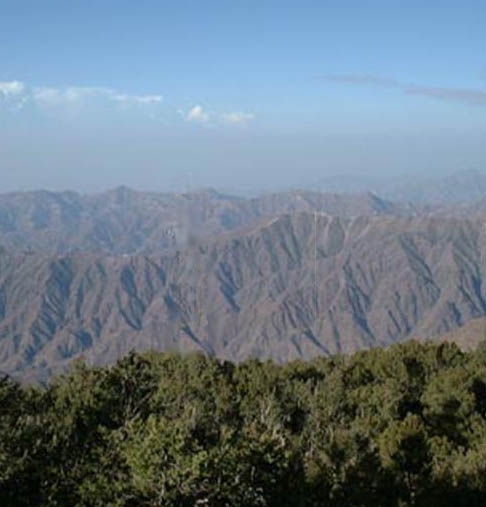 |
A general view
Saudi Arabia is a quadrilateral land mass, occupying a major part of the Arabian Peninsula. It covers an area of about 2,250,000 sq. km. The vast landscape is composed of a variety of habitats such as mountains, Valleys (Wadis), sandy and rocky deserts, meadows (Raudhahs), salt pans (Sabkhahs) and lava areas (Harrats), etc. In a broad geographical sense, Saudi Arabia can be divided into two distinct zones; the rain fed highlands of the western and southwestern regions (Sarawat Mountains) and the vast arid and extra arid lands of the interior (Najd).
The Najd area, which occupies the lion share of Saudi Arabia, is located on the eastern side of the entire Sarawat Mountains and adjoining areas. It has a varied and deserted- topography such as vast sand seas, bare plateaus, small mountains, plains, etc. The deserts are composed of Aeolian sands and are more or less continuous with Great Nafud in the north and Rub al-Khali in the south, both of which are connected by an arch shaped Dahna sands. The Central Region in general, is characterized by patchy, gravel deserts, hillocks and wadis whereas northern and north-central regions of the country are an exposed complex of Pre Cambrian igneous and metamorphic rocks.
